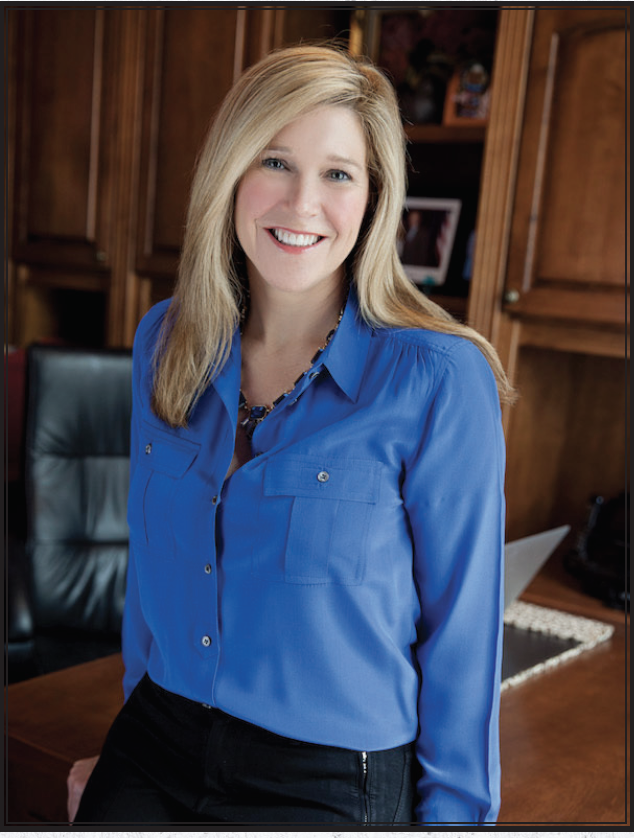Broker Studies
Over the past 15 to 20 years, the emergence of the mega-team has garnered the headlines. However, these super-sized teams aren’t the only ones turning a profit — a profit that dwarfs most real estate brokerage’s profit. Teams of all sizes have average gross margins more than double the average of brokerage firms when compared to data from the 2021 RealTrends 500 top brokerage firms and RTC Consulting benchmarking data. Real estate team profitability is stunning.
“Many believe that teams were the foundation of real estate brokerage firms some 60 years ago,” says Steve Murray, senior advisor for RealTrends. “Back then, principal brokers who formed a company recruited agents to help them take care of referrals.”
Back in 2017, RealTrends partnered with the California Association of Realtors to study real estate teams. By then teams were becoming commonplace, and brokerages like Keller Williams were building significant training and organizational resources around teams, while Compass was building a consumer-facing brand partly based on a team typically led by a prominent local agent.
In that study, we looked at what team leaders valued in their broker. The result? The top benefits mentioned were legal and regulatory support, the brokerage’s brand name and low costs and fees.
Fast forward to today, when the team concept is exploding. While its unknown how many real estate teams exist today, we do know that the top 1,000 teams ranked by transaction sides in the 2021 RealTrends The Thousand and America’s Best Real Estate Professionals saw their average transactions increase by 49.7% in 2020 over 2019. The average team in the rankings closed 252.9 sides in 2020 versus 106.9 in 2019.
Production vs. profitability
Our rankings numbers show us how productive teams are. However, brokerage firms have often speculated about how well teams perform from a profit and loss point of view. In the 2021 RealTrends Team Profitability Study, we answer that question.
First, we’ll talk about revenues. RealTrends surveyed 2,000 top teams in the country based on the 2021 RealTrends The Thousand and America’s Best Real Estate Professionals rankings. The teams in the survey averaged $3.33 million in gross commission revenues, have been in business for an average of 10.9 years and have an average of 13.9 agents and 4.5 employees.
Brokers can put to rest any doubts that well-run teams are, in fact, revenue-generating enterprises. When compared to brokerages, teams surveyed averaged $6.4 million in per-agent sales volume. The average of the nation’s largest brokerage firms, according to the 2021 RealTrends 500 rankings, showed $3.2 million in sales volume per agent.
For closed sides, the gulf was deeper, with teams having almost three times as many transactions per agent than brokerage firms. In our study, teams averaged 20.2 closed transaction sides per agent. The largest brokerage firms averaged 7.4. Brokers looking to increase their per-agent productivity would be wise to review some of the practices of teams.
Profitability reigns supreme with teams
In prior studies, we made an educated guess on the profitability of teams compared to brokerage firms. But with the 2021 RealTrends study on teams, we found out the truth. The results are staggering.
In the study, says Murray, we found that teams retained an average gross margin of 61.8%, while the brokerage companies that RealTrends benchmarks (of all different business models), had an average gross margin of 13.8%.
While smaller teams had higher margins, the difference between the smallest teams and the large teams was Infinitesimal. “As teams get larger, their margins tend to shrink, but only a little,” says Murray.
We also looked at expenses, and it’s no surprise that in three categories — occupancy, employment and administrative expenses — brokerages spent a higher percentage of gross margin than teams. However, teams spent 18% of gross margin on advertising and marketing; while brokerages spent about 2.4%.
Are teams scalable on a national level?
We also sought to determine if teams are scalable on a national level. Of course, we have hints that they are based on the growth of companies like Redfin, which is basically a team scaled, according to Murray. “Can the big teams triple their size? Certainly. Can they get capital to do it? Absolutely. So we think that’s going to happen,” Murray said. “You have Mark Spain, Robert Slack and Ben Kinney who all found a way to scale their teams.”
More than just numbers, this new study shows the power of lead generation and the provision of client and customer business opportunities in terms of value to real estate agents. It offers a powerful benchmark for teams to gauge performance against and brokers to determine value-added services to offer their agents.
To get all the numbers on team profitability, view the full 2021 RealTrends Team Profitability Study here.











